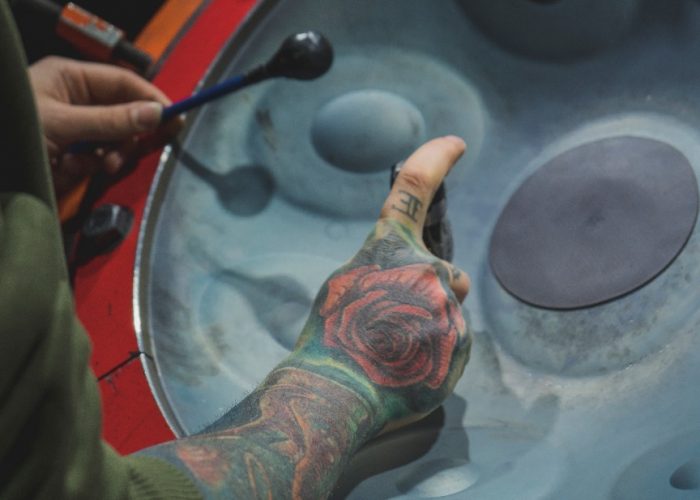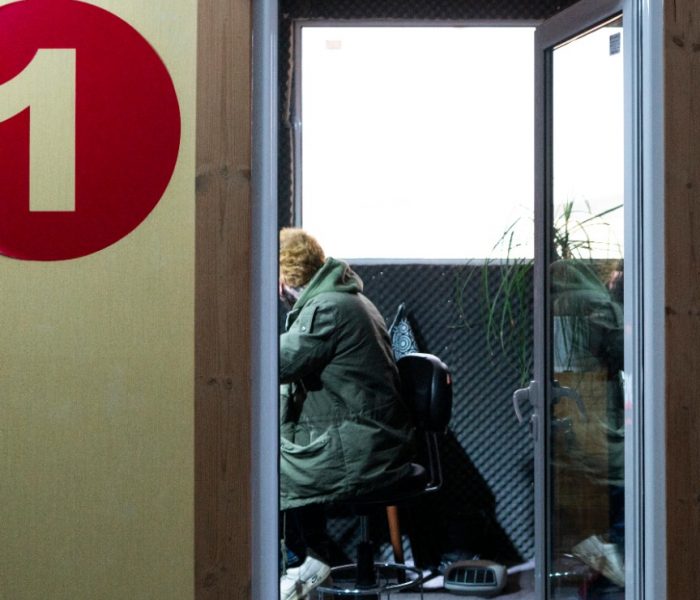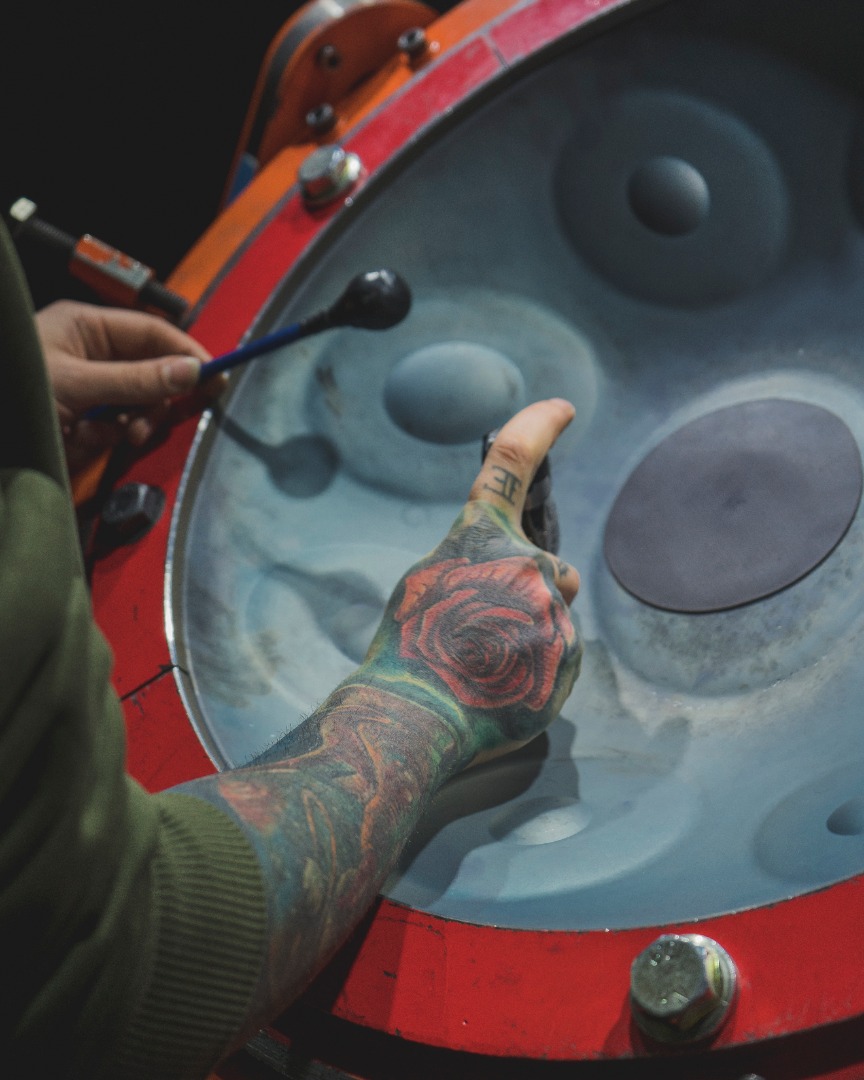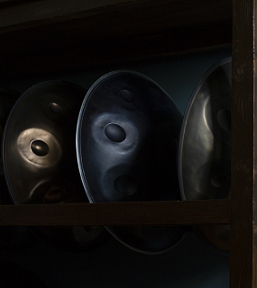
How to Make Handpans/Pantams(3/3)
Kita Pantam Company intends to release a series of articles to explain how to make Handpans/Pantams. These articles are monthly and will guide you to get familiar with the process of making these magical musical instruments. Every handpan/pantam maker employs sophisticated and special steps to create an instrument that sounds well. These steps in general consist of metal forming, heat treating, shaping, and tuning. In this series of articles, we are going to explain the steps that we go through to get your handpan/pantam ready.
You can also find the first and second article of this series here; in this current article, we are going to describe the last and the most important and critical step which is the Tuning.

Tuning
The last step is tuning, but how are the handpans tuned? The answer is with the hand hammering. The handpan tuning process is considered to be the most difficult skill to master. Up to this point, the steel has been made to look like a handpan but still the sound is not even close to a musical instrument. Handpans are unique instruments that need unique criteria which you can find in a few metals such as steel. The metal has to be able to maintain high compressive in-plane stresses. These stresses are essential for the metal to vibrate.
After the shape is dialed in across the handpan, each note is then manipulated by hundreds, if not thousands, of hammer strikes and stability tests by hand hammering to bring the notes to life.
Making it ENJOYABLE
To make a sound that is enjoyable to our ears, the frequencies of these modes are tuned to at least two basic harmonic intervals. The octave interval (2 times the fundamental frequency) and the compound fifth interval (3 times the fundamental frequency). Next comes the timbre. Timbre is defined as how these notes sound. It is completely possible to have a tuned note but timbre poorly. And lastly, we have a stability of tuning, a note can be tuned and have good timbre but still unstable. In order to achieve guaranteed stability over the time the handpan is being used, Tuning shall be performed in multiple rounds and after each there should be a stress relief step inside a furnace at specific temperatures. This critical heat treating process slows down the aging phenomenon that happens to steel over the time. This aging plus the smooth hits you deploy while playing your Pantam, cases the natural de-tuning of the instruments in a few years and calls the need for re-tuning.

For more information, please visit our Makers Shop page or contact us at [email protected]
stay tuned for further notice, our team has some amazing news for handpan lovers.
Tags
- make a handpan, step 3/3, Tuning





